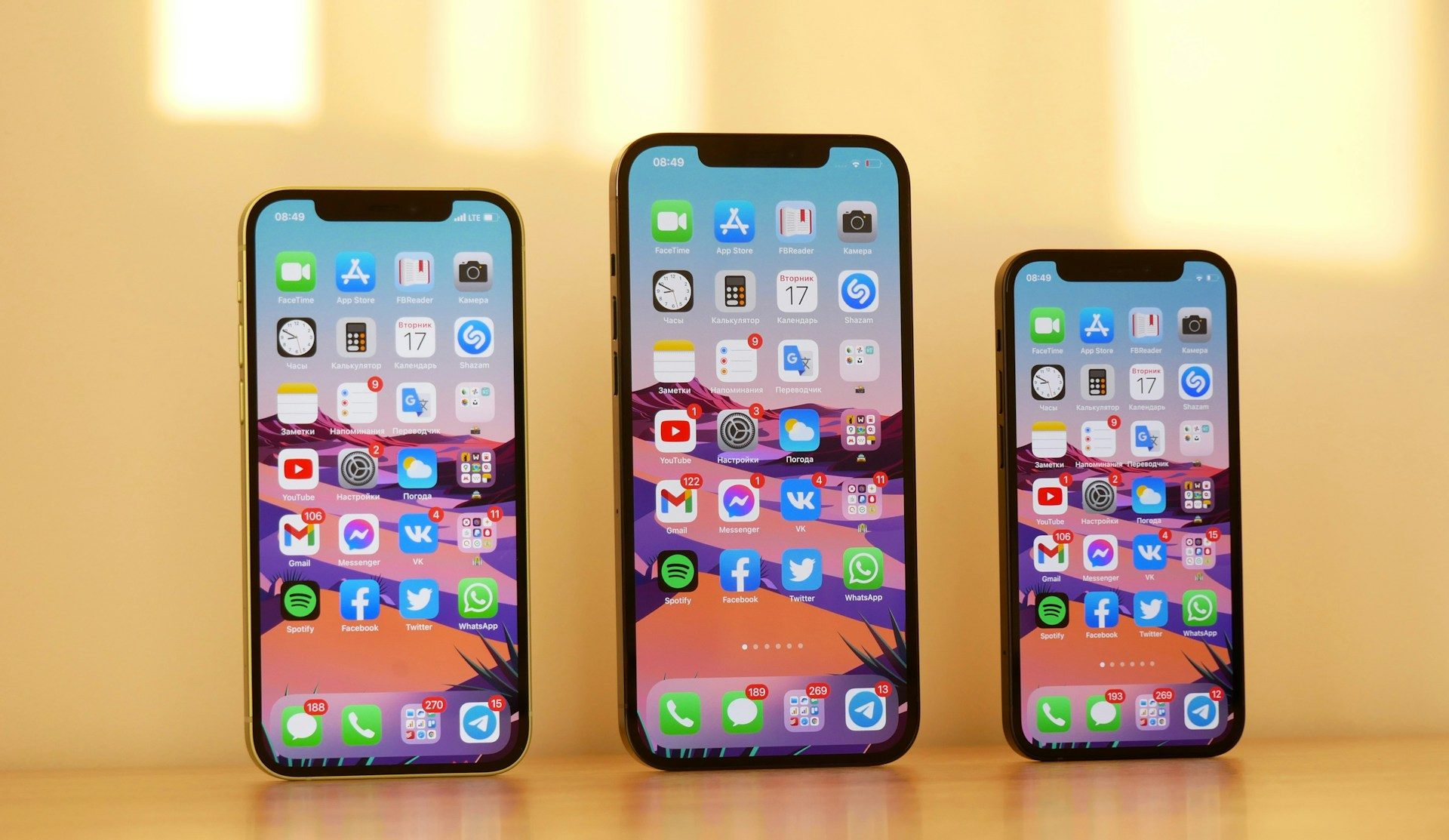.webp?2025-12-17T15:00:29.367Z)
Spotify Wrapped ideas make stats lovable

Sustainable App Development: Trends and Best Practices
Mark Polskii
Our reliance on mobile apps is undeniable, but have you ever considered the environmental impact of these everyday tools? Sustainable app development is emerging as a powerful force, aiming to create apps that are not only functional but also minimize their environmental footprint. This article dives into the world of sustainable app development, exploring the hottest trends in eco-conscious apps and outlining best practices for developers who want to build a greener future, one app at a time.
Trends in Sustainable Apps

The demand for apps that promote and support sustainable practices is on the rise. This section explores some of the hottest trends in eco-conscious app development.
- Carbon Footprint Tracking: Consumers are increasingly interested in understanding their environmental impact. Apps like JouleBug and CoGo empower users to track their carbon footprint across various activities, from transportation choices to energy consumption. These apps can inspire users to make greener choices in their daily lives.
- Renewable Energy Solutions: As the world strives for a more sustainable future, renewable energy sources like solar and wind power are gaining traction. Apps like SunPower and Tesla Powerwall are making it easier for homeowners to explore and potentially invest in renewable energy solutions for their homes.
- Ethical Shopping Guides: With growing awareness of ethical consumerism, apps like Good On You and Ethical Consumer are empowering users to make informed purchasing decisions. These apps provide information on a brand's environmental and social practices, allowing consumers to support companies that align with their values.
- Eco-Friendly Transportation Services: Transportation is a major contributor to greenhouse gas emissions. Apps like Citymapper and Moovit promote sustainable transportation options like cycling, public transport, and carpooling. These apps can help users reduce their reliance on personal vehicles and contribute to cleaner air.
Best Practices for Sustainable App Development

Building an app with a positive environmental impact requires careful consideration throughout the development process. Here, we explore some key practices to promote sustainable app development.
Design for Efficiency
The way an app is designed has a significant impact on its environmental footprint. Here's how developers can focus on energy-efficient app design:
- Code Optimization: Clean and efficient code minimizes the processing power required to run the app. By avoiding unnecessary calculations and leveraging efficient algorithms, developers can reduce the app's energy consumption.
- Minimizing Background Processes: Apps that constantly run background processes can drain a device's battery. Developers should carefully consider what tasks need to run in the background and implement mechanisms to suspend unnecessary processes when not in use.
Resource Management
Effective resource management is crucial for minimizing an app's environmental impact. Here are some strategies:
- Memory Management: Memory leaks can significantly impact device performance and battery life. Developers should employ memory management techniques like proper object allocation and deallocation to ensure efficient memory usage. Resources like Android's Memory Leak Detection and Apple's Memory Management Programming Guide provide valuable platform-specific guidance.
- Closing Unused Connections: Apps that keep unnecessary network connections open can drain battery life and consume data. Developers should implement mechanisms to close connections when they are no longer needed. Both Android and Apple offer documentation on proper network connection management.
- Promoting Device Recycling: The manufacturing of electronic devices has an environmental impact. Sustainable app development can encourage responsible user behavior by promoting device recycling programs within the app or through partnerships with electronics manufacturers. Resources like the Environmental Protection Agency's Electronics Recycling webpage can be referenced for including relevant information.
Cloud Optimization
In today's app development landscape, cloud-based solutions play a critical role. However, it's important to choose cloud providers with a commitment to sustainability. Here's how developers can achieve cloud optimization for a greener app:
- Utilizing Energy-Efficient Data Centers: Data centers consume a significant amount of energy. Developers can research cloud providers who invest in renewable energy sources and energy-efficient data center infrastructure. Providers like Google Cloud Platform offer details on their commitment to sustainability.
- Containerization: Containerization is a virtualization technique that packages an app with all its dependencies into a lightweight unit. This reduces resource usage and server load, leading to improved energy efficiency. Platforms like Docker provide containerization solutions for developers.
Long-Term Commitment
Sustainable app development is not a one-time effort. It's an ongoing process that requires continuous monitoring and improvement:
- Promoting App Updates: Regular app updates can address bugs and optimize code, leading to improved energy efficiency. Developers should encourage users to keep their apps updated to maximize the app's sustainability efforts.
- Offsetting Carbon Emissions: Despite best efforts, some level of carbon footprint is inevitable. Developers can explore options to offset their app's carbon emissions by partnering with organizations that invest in renewable energy projects or carbon capture initiatives.
Conclusion
The world of mobile apps is constantly evolving, and sustainability is rapidly becoming a key differentiator. This article explored the exciting trends in sustainable apps, from carbon footprint tracking to eco-friendly transportation services. We also delved into best practices for developers, highlighting strategies for designing efficient apps, managing resources effectively, and leveraging cloud solutions with a sustainability focus.
Sustainable app development is a collaborative effort. By working together, developers, users, and cloud providers can create a future where mobile apps are not only a powerful tool but also a force for positive environmental change. Remember, even small changes in app development can have a significant impact when scaled across millions of users. So, let's embrace sustainable practices and build a greener app ecosystem for a healthier planet.

